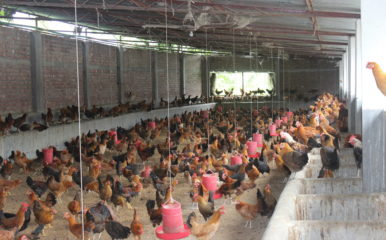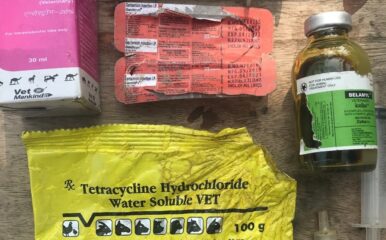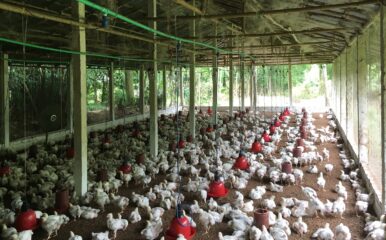
On research impact
Published on 11/11/2019

pixabay
Until recently, most of us, researchers, have measured the success of our scientific endeavours mainly through the volume and quality of our publications, the academic networks that we are part of, and the leadership roles we play in the subject-specific scientific community we belong to. Most fellow researchers would agree, however, that the fundamentals of good research lie with its utility, its significance to others and ultimately its use.
This has been a common truth during centuries of academic pursuit, but as a point in itself, measurable use/utility of the research was implied, rather than made explicit, till about a decade ago, when it acquired its own name – Impact.
Impact as a metric for research quality, measures the importance, uptake and consequence of uptake for the research results and discoveries generated through one’s scientific work.
One may think that measuring Impact, or considering it, is a post-event activity, to take place sometime later, after the contributions to knowledge have been made by a researcher and even possibly as an activity that someone else may undertake on behalf of the researcher or the institution they belong to. This is not entirely true: most impactful research takes place when the intended Impact is clear, specified and specific at the onset and preparation stages of a research programme.
It is when the research idea is born, that we need to already consider its potential Impact, and the means by which that impact could be achieved (which we commonly call ‘Pathways to impact’).
So, how should researchers ensure their work is of high Impact and that the impact is realised? For me, the key lays with ensuring that five prerequisites are fully met before I engage with a new research process, theme, or project idea; I outline them below, as advise that may help other Early Career Researchers:
- All research undertaken, by all of us, researchers, needs to be directed to solve particular, well specified and well described problems, that are brought to bear by stakeholders; a technical roadblock that needs research breakthroughs in order to be overcome, for example, would be defined by the industrial partners that benefit the most from the solution emerging from research. In other words, “all research needs to have an engaged client (or clients), be them industry, the government, the representatives of groups and society, etc – depending on the scope and nature of research”.
- Form partnerships with the stakeholders, rather than simply obtaining their problem definition. Long-term partnerships ensure that the research remains viable and relevant, timely and significant throughout the discovery cycle. The partners will have an opportunity, as collaborators, to shape the research process in order for the value of the research to increase as it progresses and reaches the desired solutions.
- Understand not only what the intended Impact is going to be, but also how you are going to know that you “made Impact”. Be clear about the timeline upon which Impact will be realised, as the research and Impact timelines usually differ, with Impact taking place, at times, long after the research has ended. Define strong criteria for measuring impact and ensure all beneficiaries and stakeholders are consulted and willing to participate in recording the Impact;
- Identify your Impact partners and set up the processes for recording the evidence of Impact – and do so before the research project has ended! The best of Impact evidence is found when the stakeholders or beneficiaries are as interested as you are in measuring just how much a difference your research findings have made to them and to the world! Think creatively on who can be the best Impact partners for your work. Sometimes, these partners are not necessarily your beneficiaries – for example, an NGO may be a great Impact partner when the results of research are meant to change societal behaviour, for particular populations.
- Read about impact and impactful projects and understand the nature of Impact that is suitable for your work, the types of evidence that is usually sought and the criteria that are used by others. Impact is a difficult concept for some areas of research and learning from others who have made it, is worth every penny.
Finally, I wish to say that research is meant to make the world a better place, to induce economic growth, to advise governments and regulatory bodies of best practice with robust evidence, to lobby for change for better! Do this kind of research and you will feel rewarded, however hard it is to … ’research with impact”.
This blog originally appeared in the UK-VN Science & Innovation Newsletter (Issue 3), a publication developed by the British Embassy Hanoi, with contribution from the Newton Fund delivery partners and researchers from UK and Vietnam.
Professor Gaura was the official trainer for the Enhancing Science & Innovation Capacity of Vietnam for Sustainable Development programme, delivered by British Council and Vietnam Institute of Science Technology and Innovation (VISTI) within the framework of the Newton Programme Vietnam.


